Highlights of Teaching - 3D Modelling and Animation Introduction
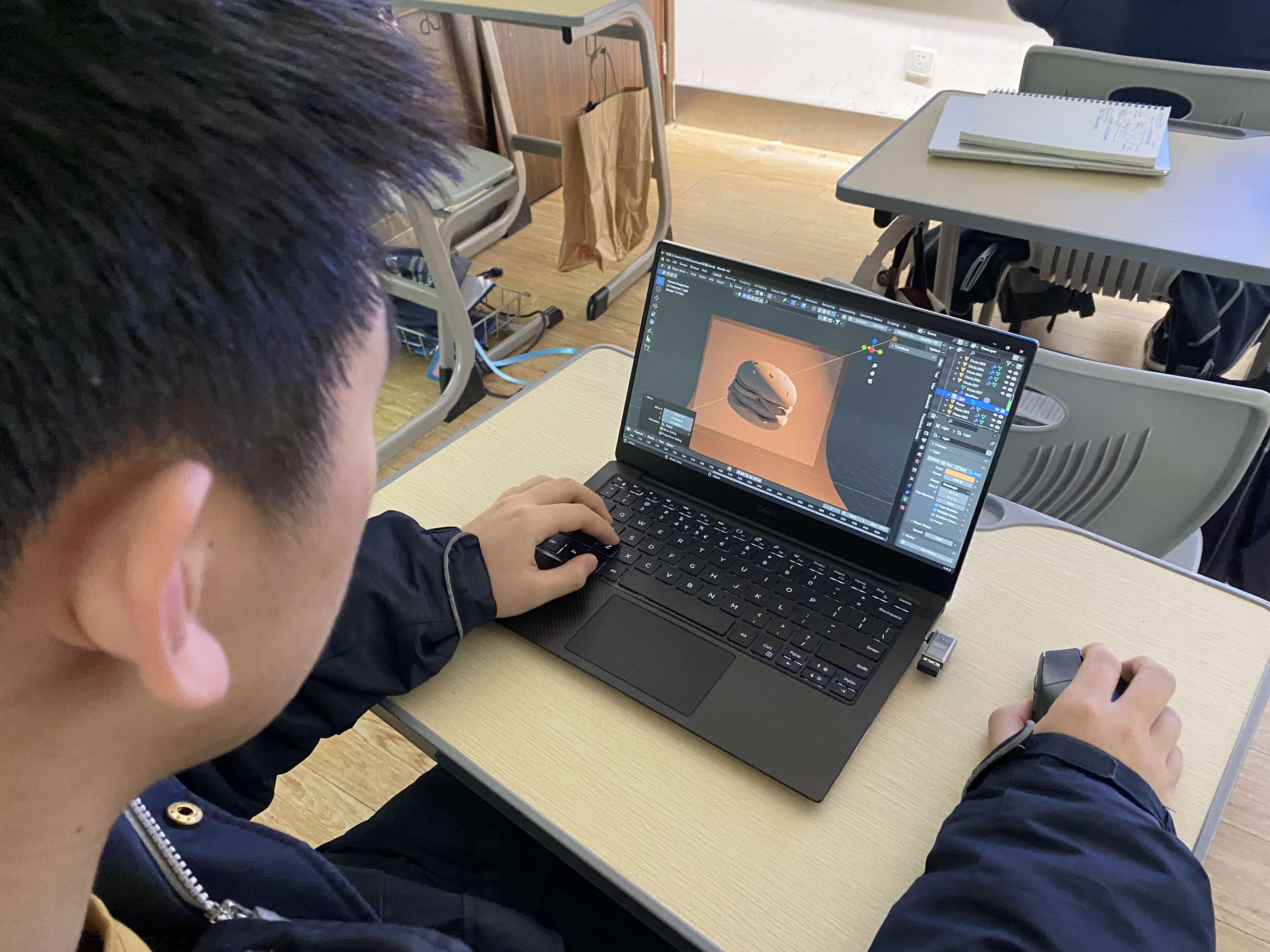
Welcome to our high school elective class on 3D modelling and animation! Throughout this course, students have embarked on an exciting journey into the realm of computer-generated imagery (CGI) and digital artistry.
Understanding 3D Modelling
The foundation of our 3D burger project lies in understanding the principles and techniques of 3D modelling. Students learned to navigate through 3D space using industry-standard software such as Blender. They explored fundamental concepts of modelling such as vertices, edges, and faces, which form the building blocks of 3D objects. Through hands-on practice, students honed their skills in manipulating these elements to craft intricate shapes and structures.
One of the projects of this course involved creating either a glass of water or a 3D burger, which served as an excellent medium for students to delve into various aspects of 3D modelling, shading nodes, and lighting techniques. In this article, we'll explore the key teaching highlights of this project and how it contributed to the overall learning experience in the classroom.
Shading Nodes: Bringing Objects to Life - Burger Project
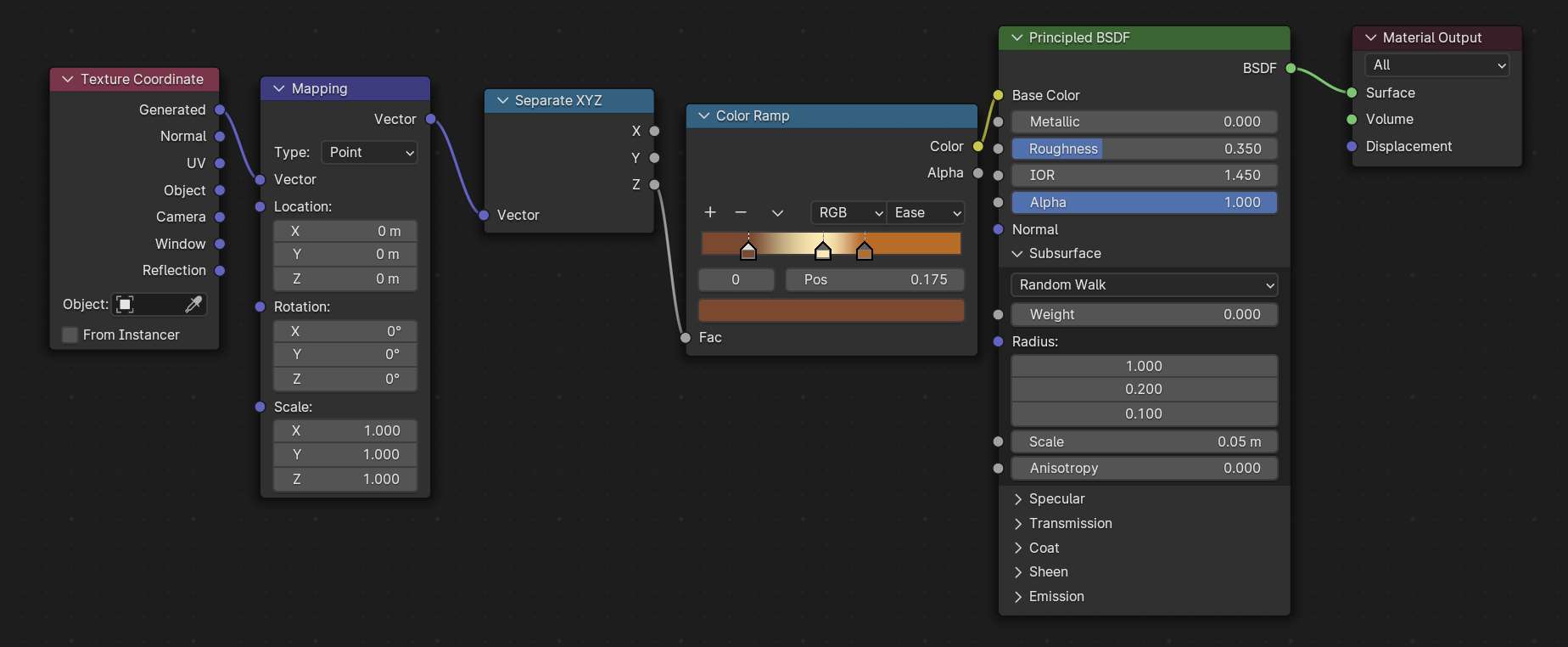
Shading nodes play a pivotal role in enhancing the visual realism of 3D models. In our class first modelling a 3D burger and then learnt the technical process of material creation through shader node-trees. Students learned to simulate various surface properties such as roughness, reflectivity, transmission and transparency to accurately represent different components to create textures for their 3D burger model, including the bun, patty, lettuce, cheese, and condiments. By experimenting with different shader configurations, students gained insights into the complexities of light interaction and surface appearance.
Mastering Lighting Techniques
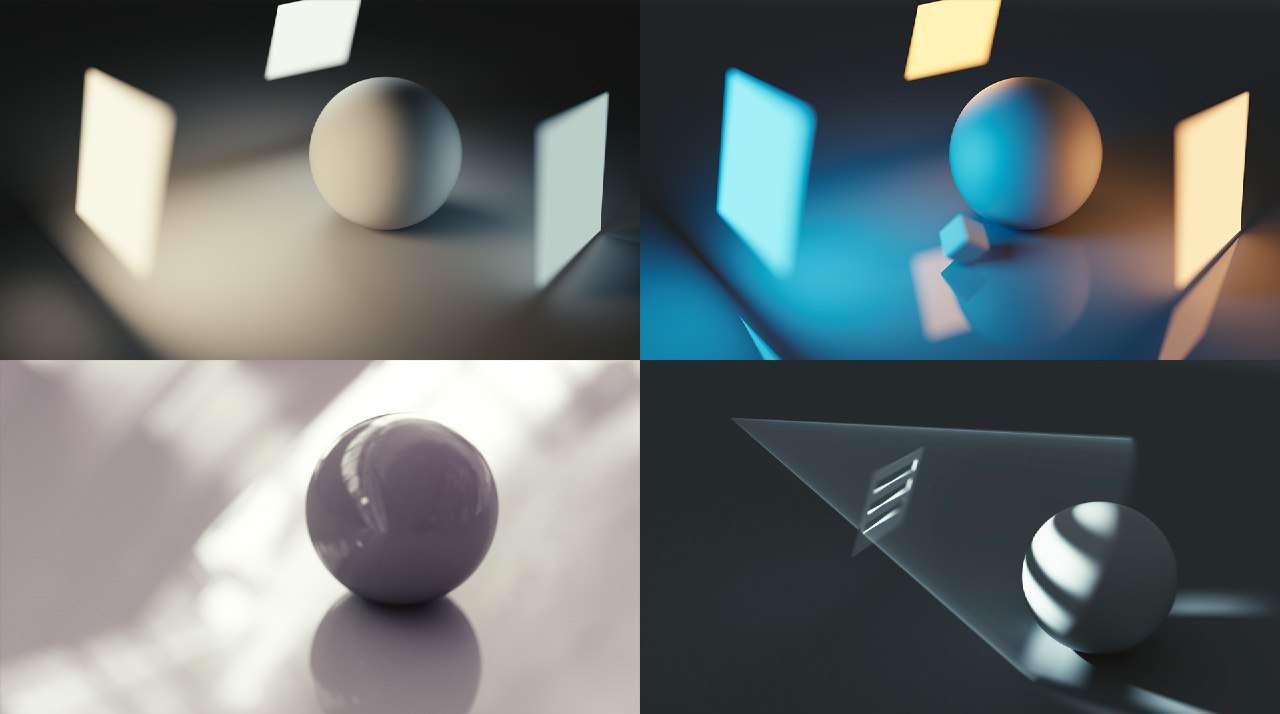
Lighting is the cornerstone of visual storytelling in 3D rendering. In our class, students explored a myriad of lighting techniques to evoke different moods and atmospheres in their scenes. They learned about key lighting, fill lighting, and rim lighting to accentuate the form and texture of the burger model. Additionally, students experimented with ambient occlusion, and HDRI lighting to achieve realistic light interactions and shadow effects. Through iterative refinement and feedback sessions, students developed a keen eye for composition and lighting aesthetics, elevating the overall visual quality of their projects.
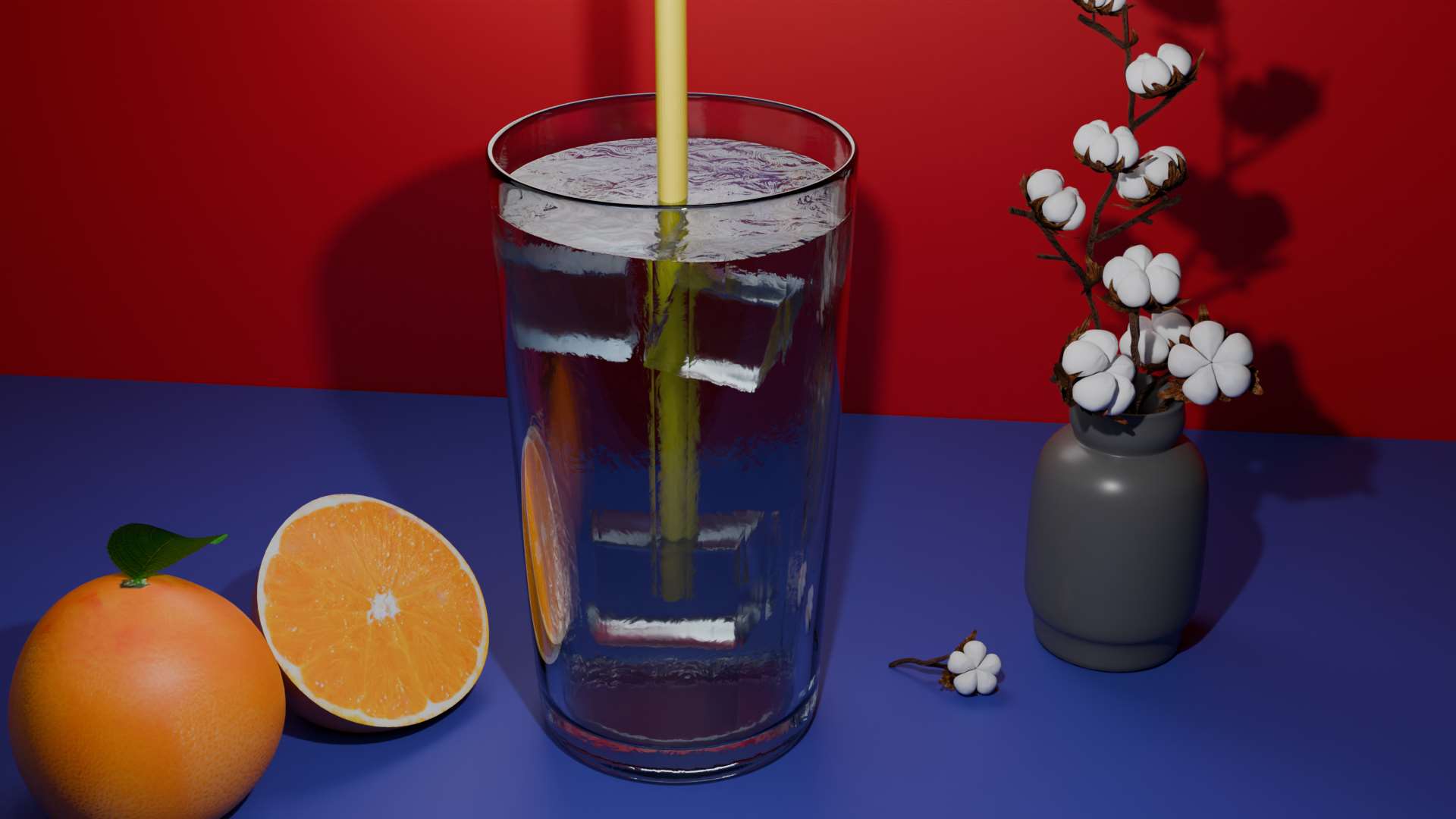
*Student Project, Transparency Shading Project
Project Execution: Creating the 3D Burger / Glass of Water
With a solid understanding of 3D modelling, shading nodes, and lighting techniques, students embarked on the exciting challenge of creating a 3D burger from scratch. They started by sketching out their design concepts, considering factors such as scale, proportion, and visual appeal. Using their newfound skills in 3D modelling, students meticulously crafted each component of the burger, paying attention to detail and texture.
Next, students applied shading nodes to simulate the materials and surface properties of the burger ingredients. They experimented with different shader setups to achieve the desired look and feel, whether it be a glossy bun or a succulent meat patty. Through trial and error, students refined their shading techniques, gaining a deeper understanding of material properties and light interaction.
Finally, students implemented lighting setups to illuminate their burger scenes effectively. They carefully positioned light sources to highlight key features of the burger while casting realistic shadows to ground the composition. By balancing intensity, color temperature, and directionality, students created visually captivating renders that showcased their 3D burgers.
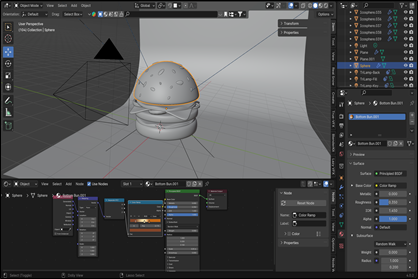
*Student Project, Viewport View
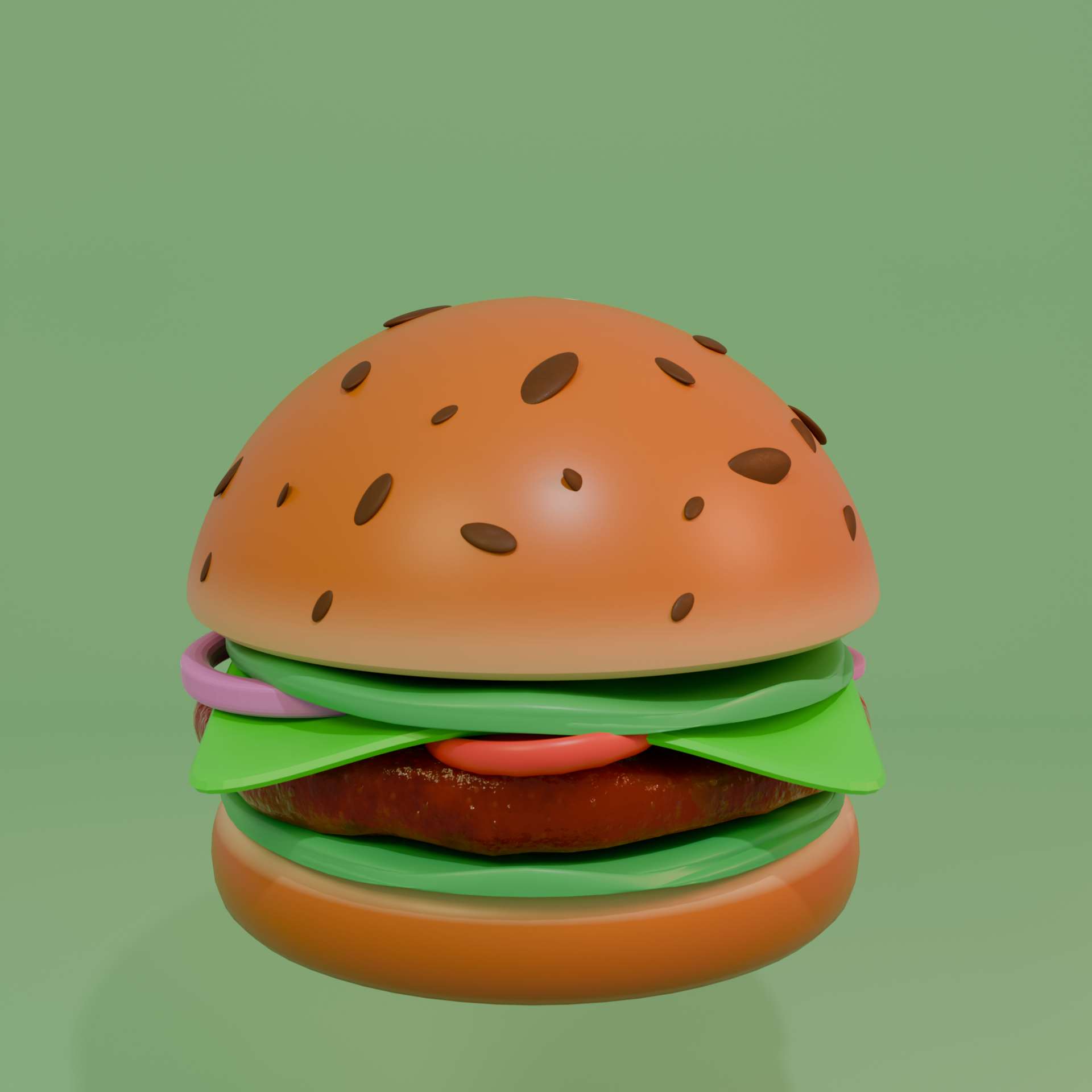
* Student Project, Final Render
Blender: Soft, Rigid and Fluid Physic Simulations
In our 3D animation class, students embarked on an exciting journey of exploration into the realms of rigid body physics and fluid dynamics within the Blender software ecosystem. Through hands-on experimentation students learned to manipulate properties such as mass, friction, and restitution to accurately emulate the behavior of solid bodies under various conditions, fostering an understanding of dynamics and kinematics essential for lifelike animations.
Additionally, certain students ventured into the realm of fluid dynamics, where they studied simulating fluids such as fluid viscosity, density, and surface tension, showcasing the dynamic interplay of fluid elements in virtual 3D environments.
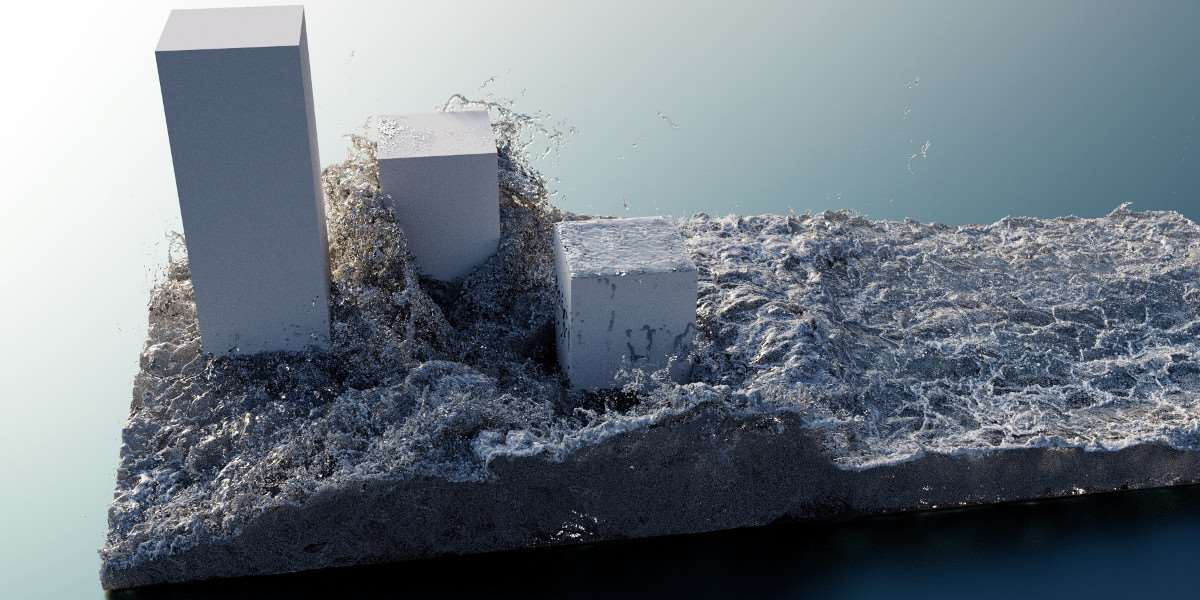
*Flip Fluid Simulation
3D Character Animation, Advanced Lighting and Composition
Following this, the teacher made use of his own animation projects to demonstrate core techniques in visual storytelling, shape-key animations and composition. Students had the opportunity to study how advanced lighting techniques such as global illumination and the RGB, HSV and HEX light spectrum function in a complex scene environment. Students also studied the basic principals of dynamic character animations utilizing key-frame interpolation, shape-keys and rigging.
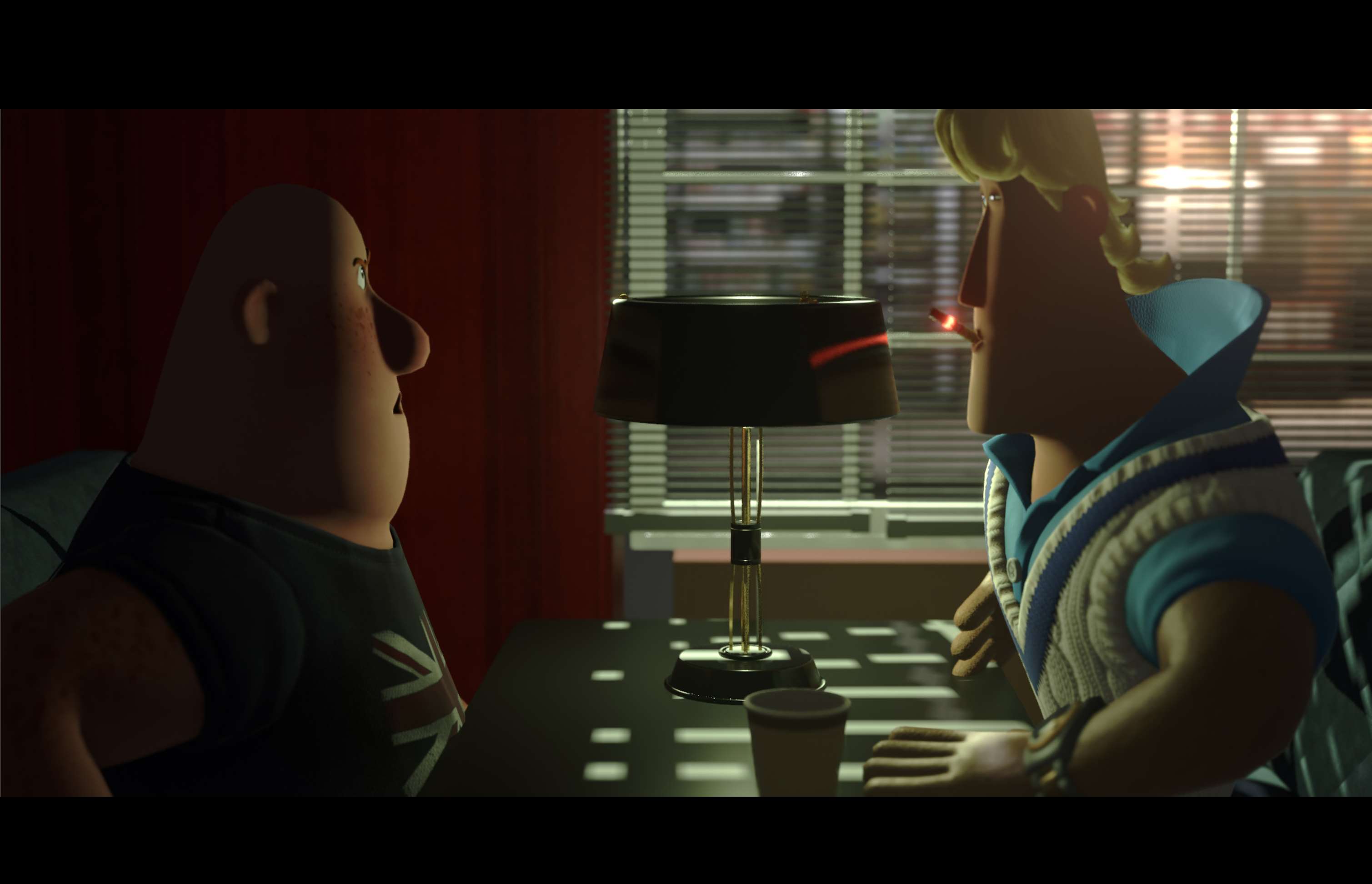
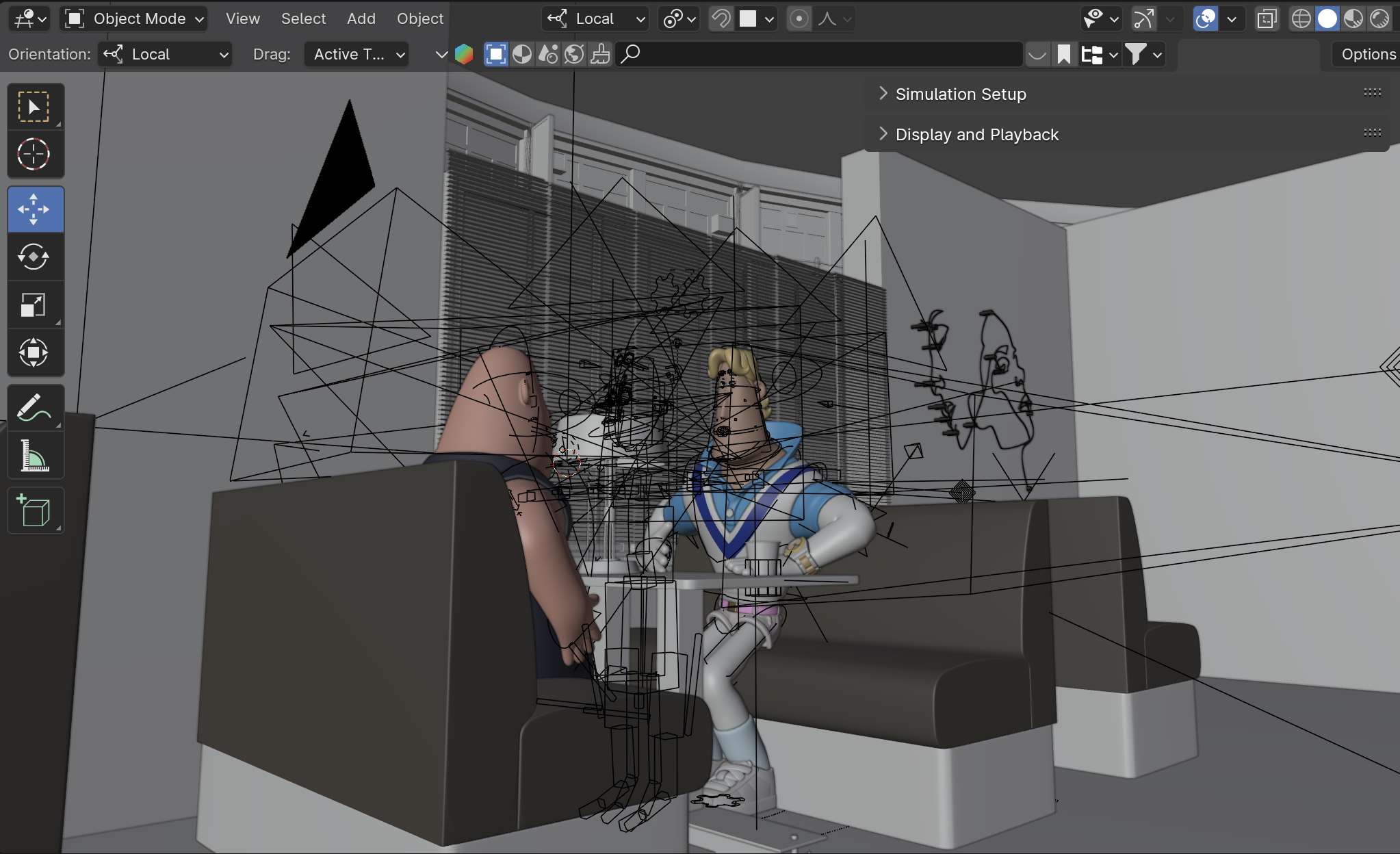
Product Design and Animation
Currently students are in the process of employing all of the acquired skills in modelling, lighting and animation to model and animate their first ‘product advertisement’. This requires making use of skills in polygonal modelling, subdivision surface modelling, and sculpting. We look forward to seeing how the students engage in problem solving as they attempt to project what they have in their imagination into the 3D world.
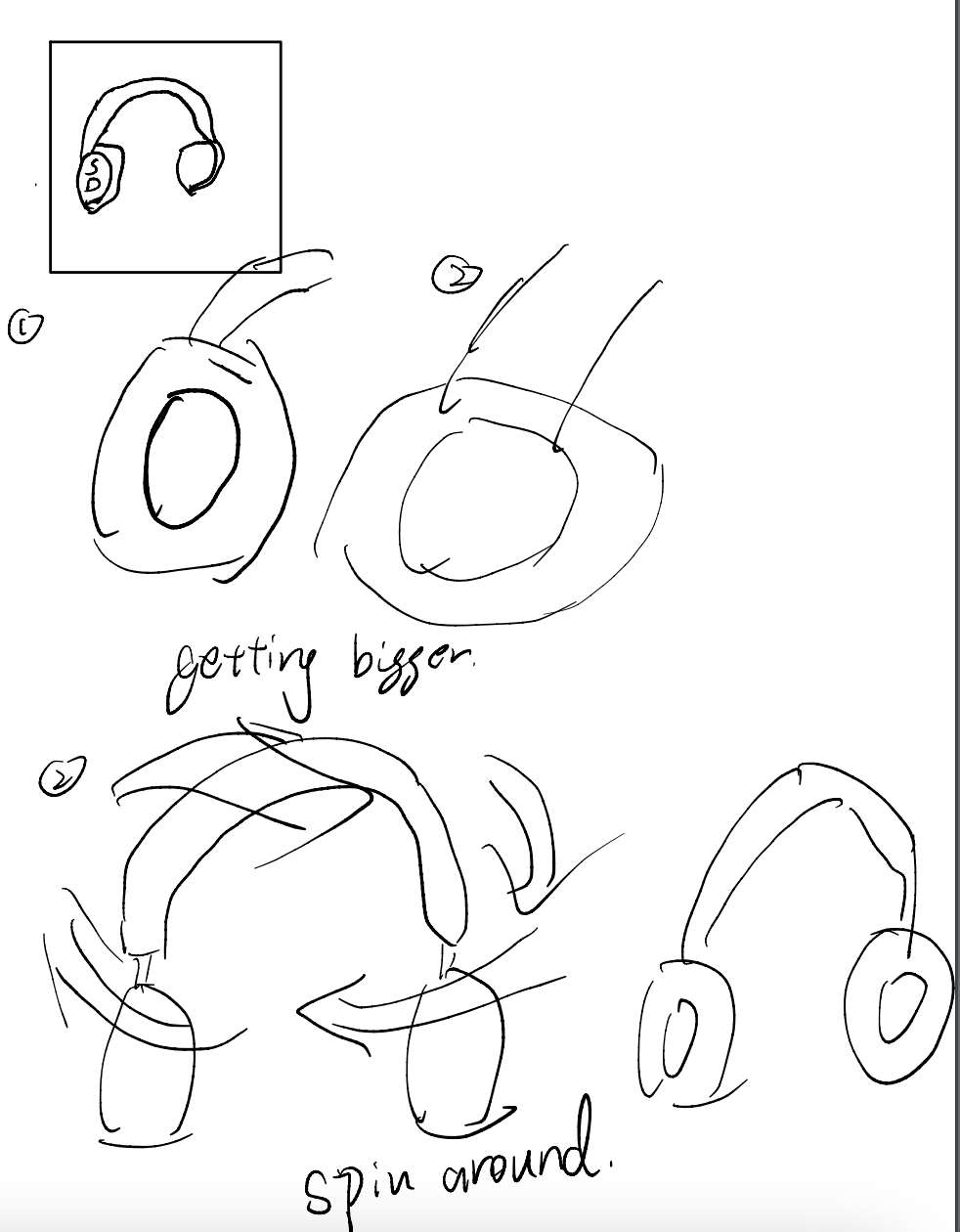
* Student Work, Product Animation Storyboard
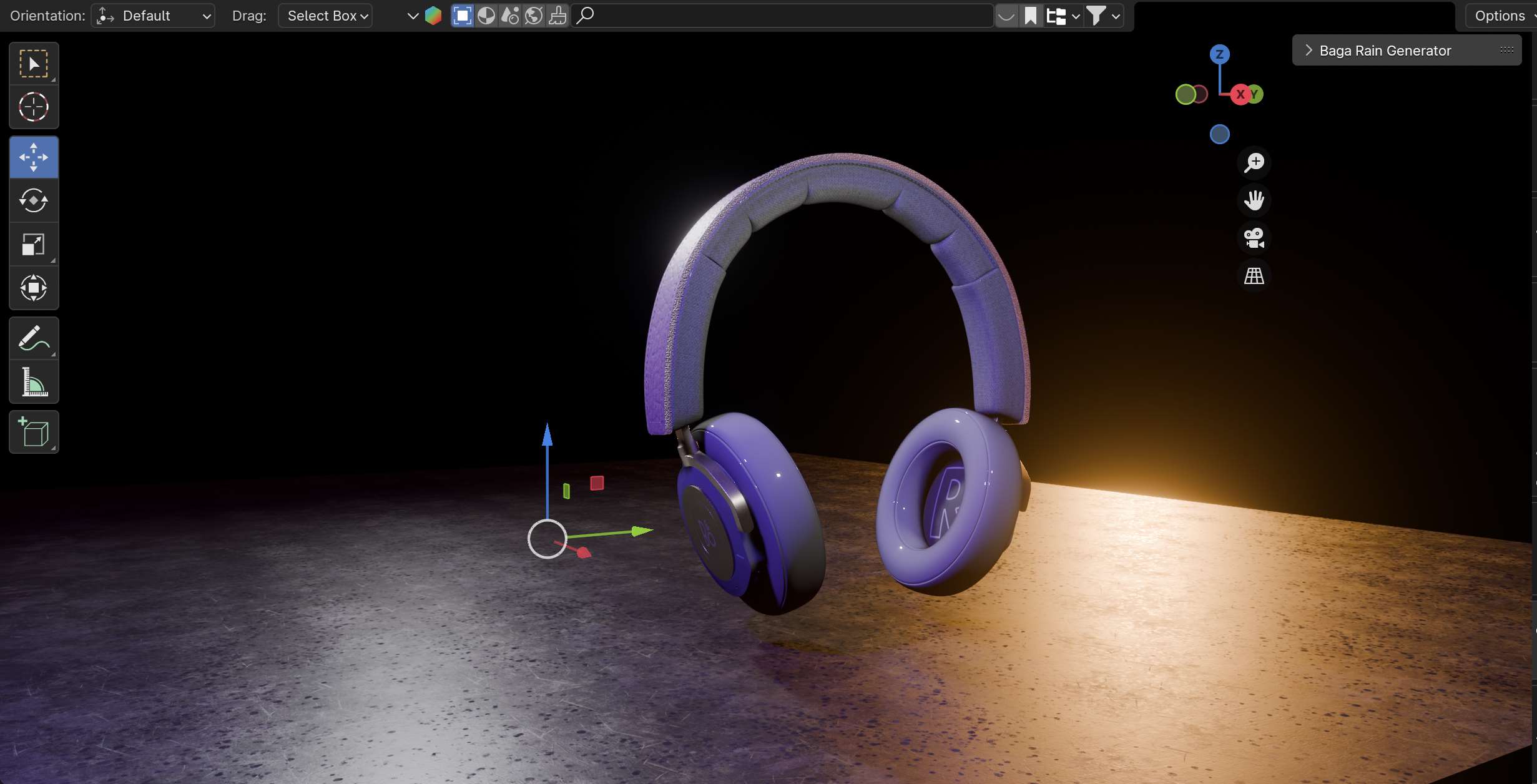
*Pre-Visualization Stage


